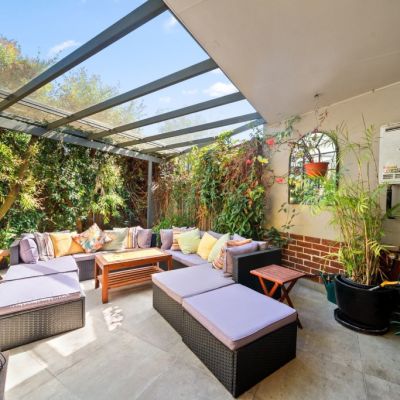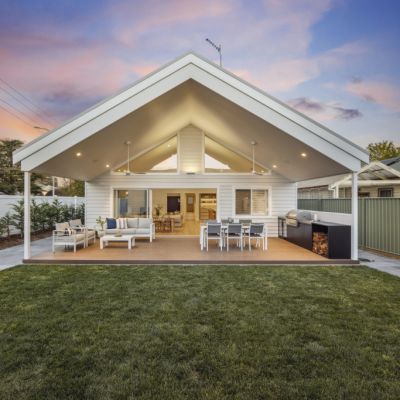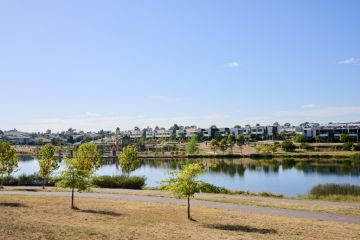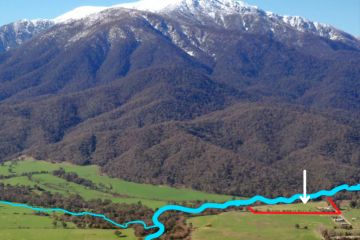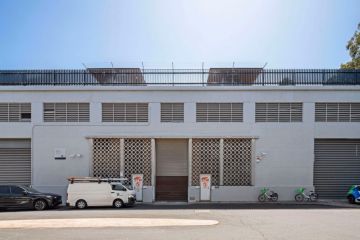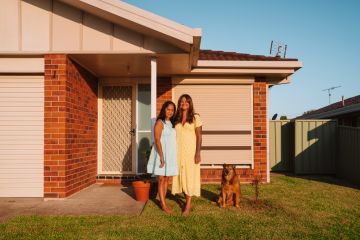Canberra rents climb as demand strengthens

Rents are up across the board in Canberra’s housing market, but the pace of those gains has slowed, new data reveals.
According to Domain’s Rental Report for the March 2025 quarter, house rents rose by 0.7 per cent to reach a high of $700 per week, while unit rents rose for the second consecutive quarter by 1.8 per cent to $575 per week.
Domain chief of research and economics Dr Nicola Powell said this marked the first time in a year that house rents have recorded two straight quarters of growth.
“However, the pace of increase has moderated – quarterly growth is just one-third the rate seen in the previous quarter, on par with the same period the year prior,” she said. “Annual gains remain subdued at 2.2 per cent.”
The Property Collective’s Hannah Gill said the increases reflected tightening vacancy rates.
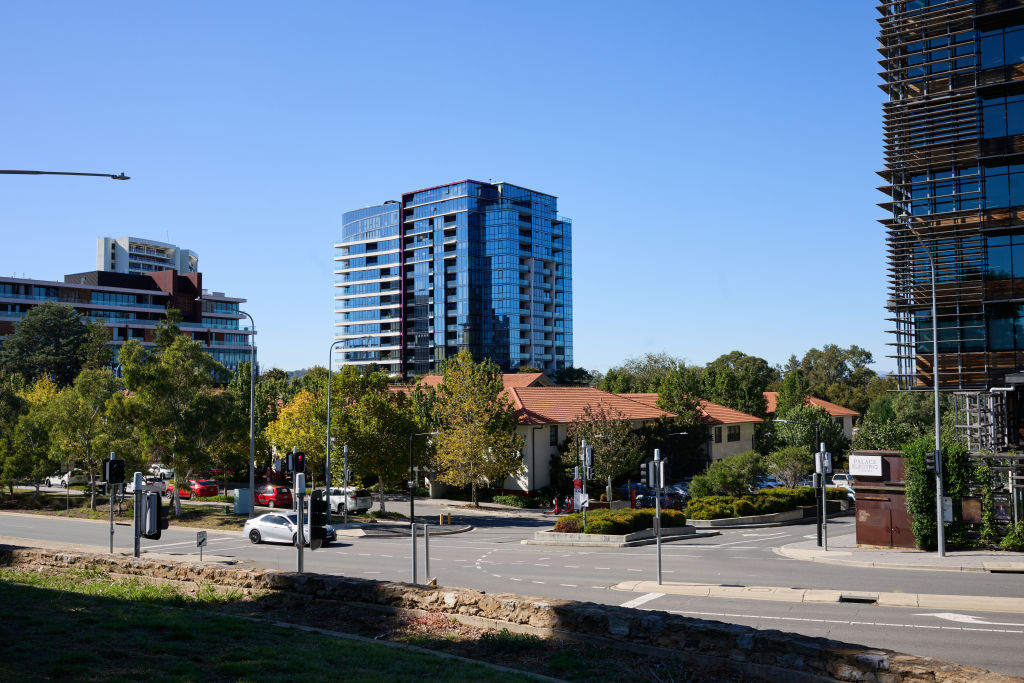
“In December last year, we had 100 [or more] properties on the market for weeks, but now it’s fallen to 50, so stock levels are definitely down,” she said.
“The large-scale new developments are also now leased so the decrease in supply is creating a tighter market.”
Canberra’s vacancy rate fell to 1.2 per cent, the lowest rate for March since 2022, in direct contrast to other capital cities.
Powell said Canberra’s rental market remained largely stable over the March quarter, with subtle shifts across different suburbs and property types. Key lifestyle areas predictably experienced rising rents, reflecting shifting tenant preferences in a competitive leasing environment.
“Affordability, location and lifestyle continue to shape tenant choices, with growth corridors and established inner suburbs offering varying degrees of stability,” she said.
In good news for tenants, the report revealed houses and units in Belconnen and Tuggeranong showed little to no quarterly or annual change in median asking rent, underscoring a relatively balanced supply and demand dynamic in these established regions.
However, this stability was not echoed in South Canberra, which recorded the strongest quarterly growth among the major regions. House rents rose 4.5 per cent to a median of $930 per week, a significant jump from $843 only a year ago, representing a 10.4 per cent annual increase.
This upward trajectory reflects continued demand for lifestyle-focused locations and proximity to employment hubs.
Conversely, units in the same area dropped 1.6 per cent over the quarter, indicating that tenants may favour space and privacy post-pandemic.
In the north, Gungahlin’s rental market also saw gains with median house rents increasing 1.5 per cent over the quarter to $690 per week and units surging by 3.8 per cent to $550 per week.
Franklin and Harrison stood out within the region, with units rising 3.8 per cent and 4.9 per cent respectively, reflecting growing demand from young professionals and families seeking affordability and access to local amenities.
The report showed a rent rebound in Canberra’s Inner North, suggesting renewed interest in central locations with access to the light rail and popular shopping precincts. Both house and unit rents increased, with Dickson units achieving a robust 3.8 per cent increase annually.
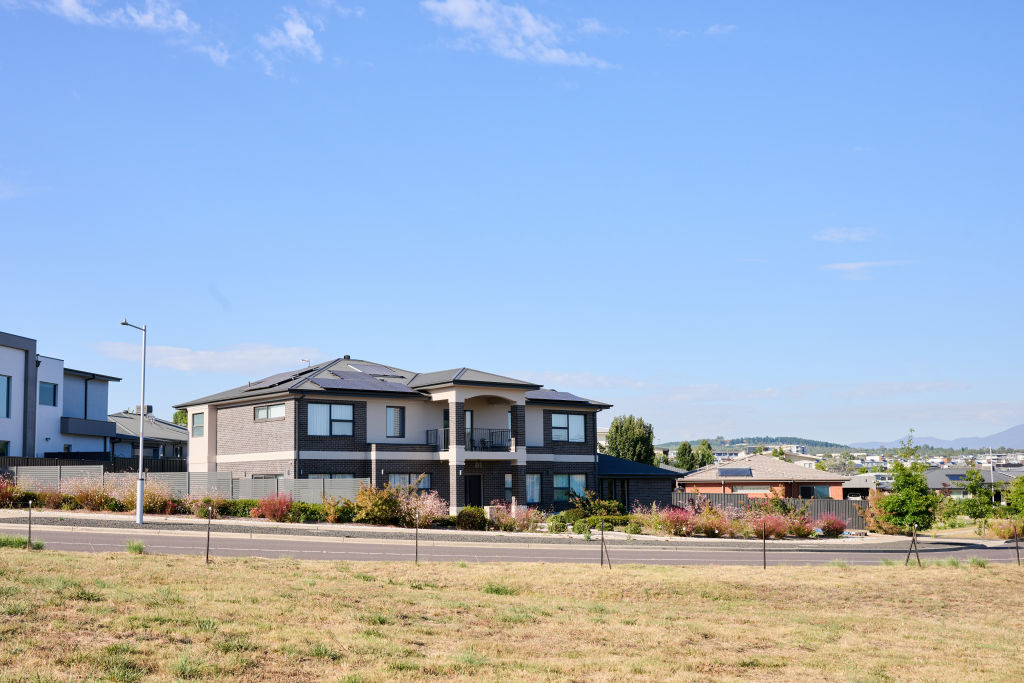
Molonglo, Canberra’s newest growth corridor, remained stable for houses but showed some volatility in unit rents, which fell 0.9 per cent year-on-year despite a small quarterly uplift. Coombs and Denman Prospect continue to draw attention, with house rents in Denman Prospect up 4.3 per cent for the quarter.
However, the standout was Duffy, which experienced the most dramatic movement over the past year. House rents jumped 20 per cent to $780, the highest growth of any Canberra suburb, indicating a lack of available stock or lifestyle demand for the area.
On the flip side, Red Hill experienced the steepest fall, with a 26 per cent drop in median asking rent, likely due to high base values and reduced demand for premium homes.
We recommend
We thought you might like
States
Capital Cities
Capital Cities - Rentals
Popular Areas
Allhomes
More
